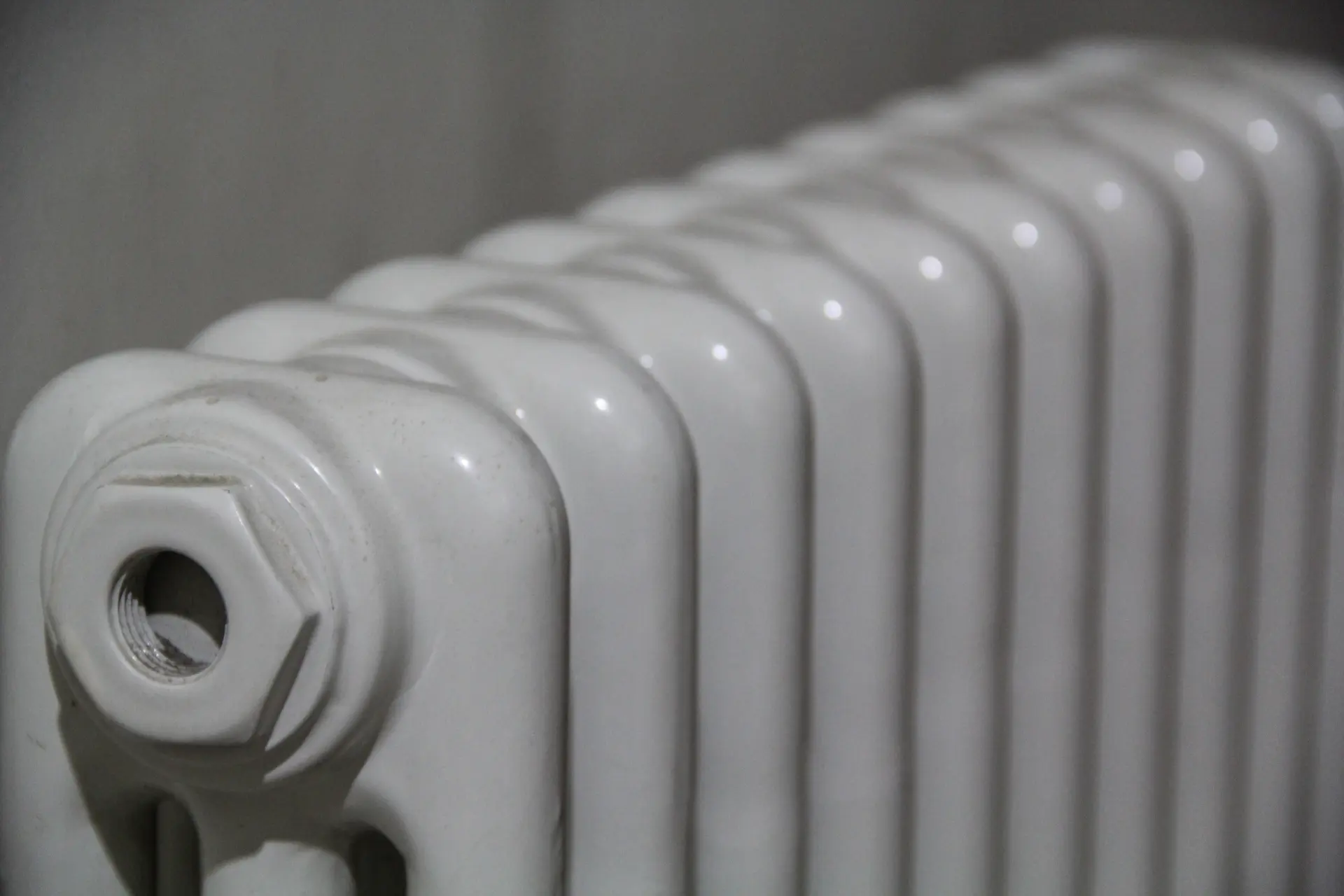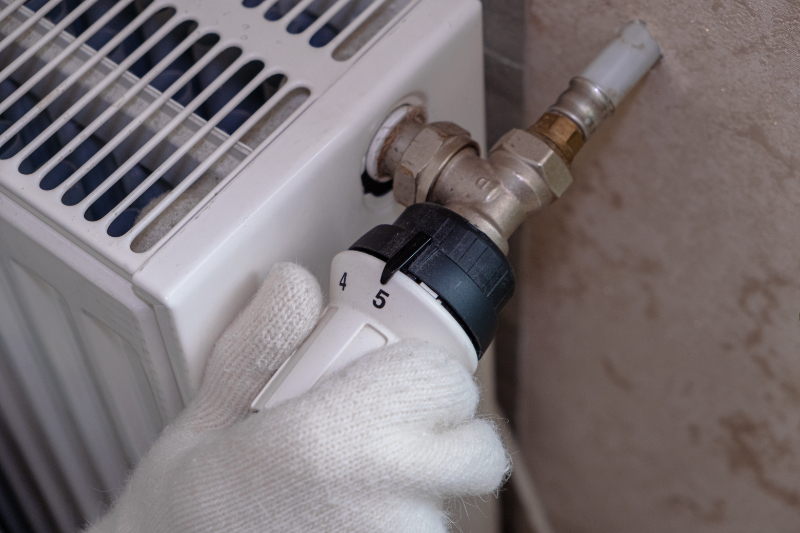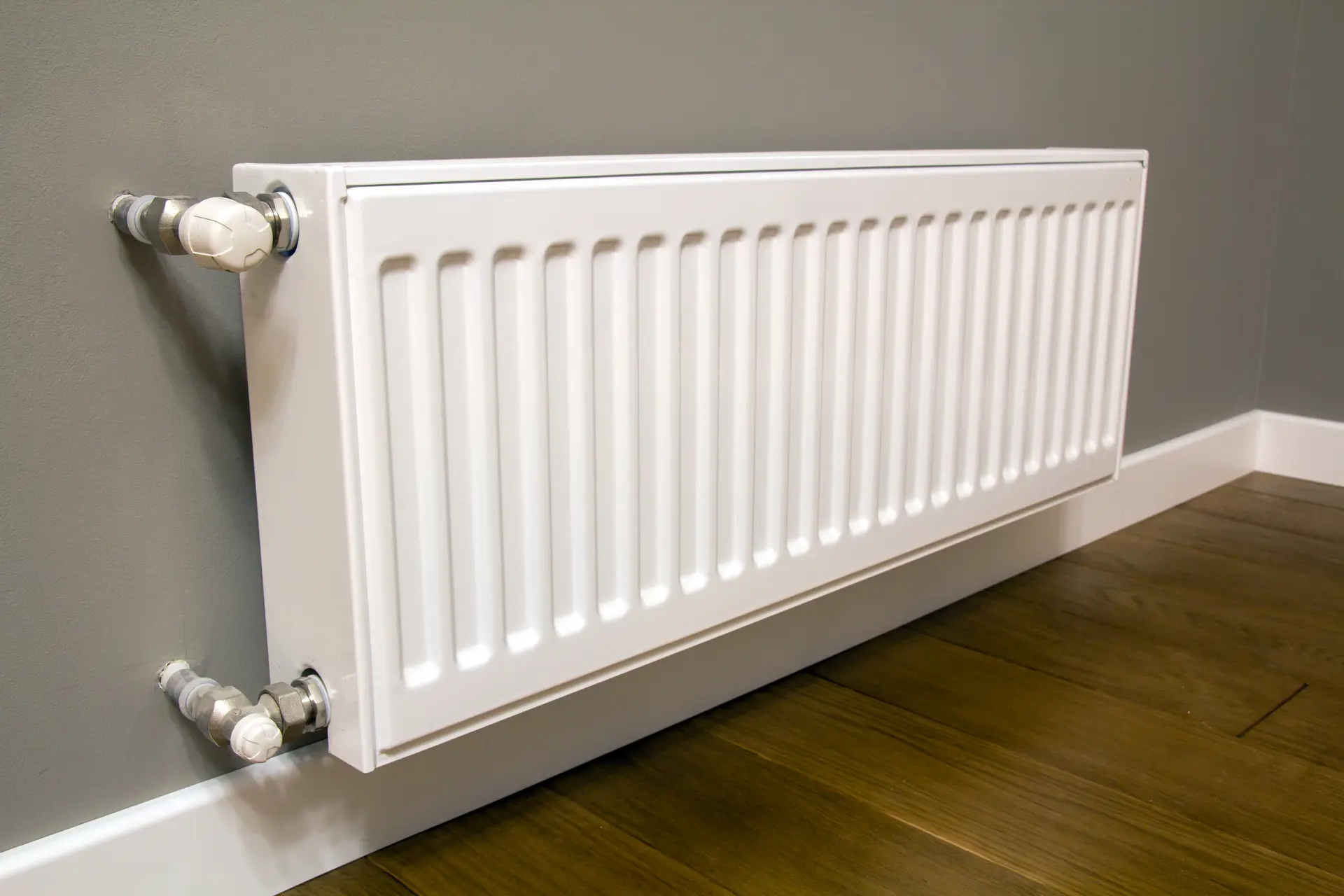Need advice about moving a radiator? Learn how to move a radiator to a new position and improve heat distribution throughout your room!
Is It Possible to Move a Radiator?
It's possible to move a radiator to a new position in your home, and it's a fairly common request during renovations or when re-arranging furniture. However, the process involves more than simply lifting and reattaching the unit - it often requires adjustments to the pipework, careful planning, and professional expertise to ensure it is done safely and correctly.
Homeowners can choose to move a radiator for various reasons, such as freeing up wall space, improving the room layout, or making heating more efficient. Moving a radiator involves turning off the heating, draining the system, and disconnecting the existing unit. New pipework will then need to be installed under the floor or along the wall to connect the radiator to its new location. This process can also include refilling the system and bleeding the radiators to remove any trapped air.
While some experienced DIYers may be able to remove and refit a radiator, altering the pipework and ensuring a leak-free installation usually requires the skills of a qualified engineer or plumber. Attempting the job without the proper knowledge can lead to leaks, damage, or an unbalanced heating system.
Why You Might Want to Move a Radiator
Changing the radiator’s location can improve your room's layout, comfort, and heating efficiency, especially during home improvements or furniture rearrangements. One of the most common reasons for moving a radiator is to free up wall space. Radiators can sometimes block the placement of sofas, beds, or wardrobes. By relocating the radiator, homeowners can arrange their rooms better, and make the space more functional and visually appealing.
Radiators that are placed in awkward or less effective locations may not heat a room evenly. For example, a radiator that's behind a large piece of furniture can struggle to circulate warm air. Moving the radiator to a more open space, like under a window, can help distribute heat more efficiently throughout the room.

During home renovations, it may be necessary to move a radiator to fit the new design. In open-plan conversions or modern upgrades, homeowners often reposition radiators to suit the new layout.
Some homeowners take the opportunity to move a radiator when upgrading to a new model. Modern radiators come in a range of sizes and styles, and changing the position can improve both heating performance and interior design.
In homes with children or elderly residents, radiators in walkways or near beds can be a safety risk. Moving the radiator to a safer location can reduce the chance of accidental contact or trips, especially in smaller rooms.
Overall, moving a radiator allows homeowners to create more comfortable, efficient, and visually appealing living spaces.
Things to Think About Before Moving a Radiator
Before moving a radiator, homeowners should consider several factors to ensure the job is completed safely, efficiently, and within budget. First, consider the type of heating system in your home. Most radiators are connected to a central heating system, and moving one usually means adjusting pipework.
Rerouting pipework is often the most expensive part of moving a radiator. The distance from the original location and access to existing pipes can affect the total cost. Therefore, it's best to ask for quotes from a few professionals and get advice on the best positioning for your radiator.
If you’re also upgrading the radiator, make sure the new one is the right size for the room. A heating engineer can calculate the correct heat output based on the room's size, insulation, and usage. By thinking ahead and getting expert advice, homeowners can ensure their radiator is moved safely and works effectively in its new position.
Will Moving a Radiator Affect Heating Efficiency?
Moving a radiator can affect the heating efficiency in your home, depending on where it's relocated and how the work is carried out. While the aim of moving a radiator is mainly to improve your comfort or room layout, it's important to ensure the new position supports effective heat distribution.
Radiators are typically placed in locations that help distribute heat evenly, such as under windows or on external walls. These spots help combat the cold air entering the room and allow warm air to circulate effectively. If the radiator is moved to a less suitable place, like behind furniture, it can struggle to heat the room properly.
Placing a radiator behind a sofa, curtain, or other obstruction blocks heat from spreading throughout the room. This can reduce the system’s efficiency, making the boiler work harder to maintain a comfortable temperature. Choosing an open, central location helps maintain consistent warmth and avoids wasting energy.

Moving a radiator further from the original pipework can mean that longer pipes are needed. This can slightly reduce the pressure and flow of the hot water, especially in larger systems. If the system isn’t properly balanced after the move, other radiators may get too hot or too cold. A heating engineer can adjust the valves and flow rates to maintain the heat efficiency across the whole system.
Moving a radiator can affect heating efficiency either positively or negatively. The key is to choose the right location, avoid blocking the airflow, and ensure the system is adjusted correctly afterwards. When done properly by a qualified installer, moving a radiator can maintain or even improve your home's heating performance.
Robert Cliff Ltd provides expert radiator installation services for homes across Uppingham and the surrounding areas. From fitting new radiators to replacing old units, our qualified team delivers reliable results with minimal disruption.

